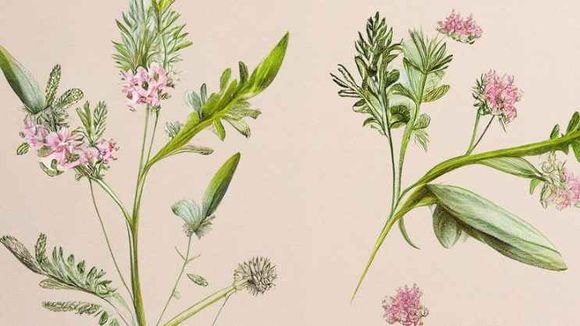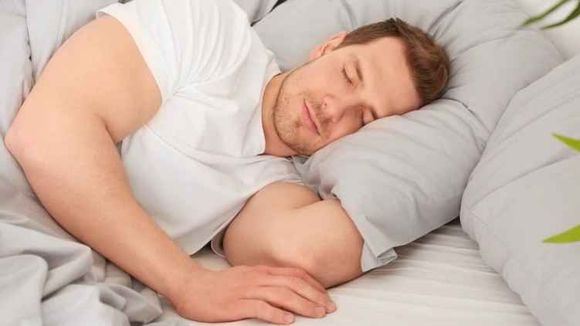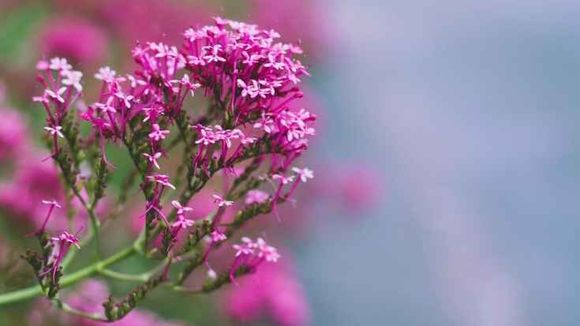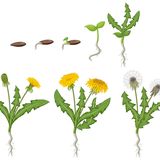What is Valerian?
Valerian (Valeriana officinalis), also known as medicinal dilyanka, is a flowering plant native to Europe and parts of Asia. [Ref. 1] Since ancient times, the root of this plant has been used to treat insomnia, nervousness, trembling, headaches and palpitations, as well as other conditions. [ref. 2] Valerian flowers have a delicate aroma, often used in perfumes. However, the root of valerian has a very strong earthy smell. This is due to volatile oils and other compounds responsible for its sedative effects.
There are over 250 species of valerian, but V. officinalis is the most used species in Western countries. Of the others, only two are commonly used for medicinal purposes (the Himalayan V. wallichii and the Mexican V. edulis) [ref. 3] . This article focuses on Valeriana officinalis. An interesting fact about this type of plant is that during the Second World War, the Plant Drug Committee of England listed valerian root as one of the most important plants to collect, as it is extremely useful in relieving the stress of air raids.
Useful compounds in valerian root

Valerian consists of many biologically active components that provide its wide-ranging effects. The chemical composition of valerian varies greatly depending on the species, season, geographical source, growing conditions, method of processing and storage. Among the most important beneficial compounds in valerian root are:
- Sesquiterpenes of volatile oils such as valeric acid. Valerenoic acid increases levels of GABA, a neurotransmitter that reduces the activity of brain cells. In addition, it has anti-inflammatory effects (by reducing the activity of NF-KappaB).
- Iridoids. Iridoids (valepotrietes and their derivatives) have sedative effects but are unstable and decay during storage or in water, making their activity more difficult to assess.
- Alkaloids, which "are perhaps the most powerful group of plant ingredients that act on the human body and mind," according to renowned herbalist David Hoffman. [ref. 4]
- Hesperidin, Linerine and Lignan 4. Hesperidin and linarin are antioxidant flavonoids with sleep-enhancing effects. Hesperidin also has anti-seizure effects.
- Free amino acids such as γ-aminobutyric acid (GABA), tyrosine, arginine and glutamine. GABA is also found in valerian extracts in amounts sufficient to produce a sedative effect, although it is not known whether it crosses the blood-brain barrier. However, glutamine present in aqueous (but not alcoholic) valerian root extracts can cross the blood-brain barrier and become GABA in animals. [ref. 5]
- Isovaleric acid, which prevents involuntary muscle contractions. Its action is similar to valproic acid, which is used to treat epilepsy.
Health Benefits of Valerian Root
Valerian for insomnia

The mild sedative effects of valerian have been used to promote relaxation and sleep for several millennia. Valerian serves to improve sleep by increasing GABA levels. In fact, lower levels of GABA are found in people with short- and long-term stress and are associated with anxiety and poor sleep quality. A meta-analysis of 16 studies and 1,093 people found that valerian improved sleep speed, depth and overall sleep quality. [ref. 6]
Valerenoic acid, which is a component of valerian root, has a positive impact on GABA, which is one of the main sedative neurotransmitters. It is associated with improved mood, a sense of calm, improved sleep, help relieve PMS and focus.
Due to the content of such acids, the main benefit of Valeriana officinalis is the promotion of natural sleep after a few weeks of use, without the risk of dependence or negative health effects. When used correctly, it can serve as a more gentle alternative to common insomnia medications that cause known side effects.
Valerian for menopausal symptoms
In a study of 100 postmenopausal women with sleep disorders, valerian root significantly improved sleep quality after 4 weeks. In another 3-month study of 60 postmenopausal women, valerian was found to significantly improve the severity and frequency of hot flashes in women. 7
Maintaining serotonin and norepinephrine levels
One study found that valerian reduced stress in mice by helping maintain serotonin and norepinephrine in two specific areas of the brain that have been linked to fear and anxiety — the hippocampus and amygdala. The presence of these two neurotransmitters helps to calm excessive activity in the hippocampus/amygdala. However, it is unclear whether the same action is being implemented in humans.
Valerian for anxiety and depression
One study of 2,462 adults with major depressive disorder and anxiety found that high doses of valerian (1,000 mg/day) taken in combination with St. John's wort (bell, cut bile, cut) (600 mg/day) for 6 weeks reduced symptoms of anxiety and depression by 66%. [ref. 7]
Preliminary studies suggest that valeric acid may again be the key element that helps reduce anxiety. In a few limited studies, this acid not only showed anti-stress effects, but also did not bind to benzodiazepine receptors in the brain. Studies have shown that these receptors may be responsible for benzodiazepine addiction. However, further studies are needed to clarify the potential benefits of valerian for anxiety and anxiety.
Valerian in ADHD
GABA deficiency has a role in anxiety, anxiety, and obsessive behavior, and these are symptoms commonly seen with ADHD.
In one study of 30 children aged 5 to 11, valerian (taken 3 times a day for 2 weeks) improved symptoms of ADHD (prolonged inattention and impulsivity and/or hyperactivity). These positive effects disappear a week after discontinuation of the use of valerian.
In another 7-week study of 169 children with hyperactivity and difficulty concentrating (but not meeting the criteria for ADHD), the combination of valerian and lemon balm reduced symptoms of anxiety, difficulty concentrating, and impulsivity. 9
Valerian during cancer and HIV treatment
There is a limited number of data in a small study that valerian improves insomnia and well-being in people undergoing cancer treatment. Contrary to popular belief, valerian does not interact with cancer drugs in this case. 10 However, more in-depth studies need to be done in this direction.
Risks and side effects when taking valerian root

Valerian is generally safe when taken for 4 to 8 weeks by healthy adults at the recommended doses. There are no data on long-term safety. In very rare cases, it can cause mild side effects, such as:
- Headache
- Digestive disorder
- Emotional changes
- Dry mouth
- Problems with thinking
Dosage of valerian root
The correct dosage of valerian root depends on the condition you are treating. When taking a valerian supplement specifically for insomnia, between 300 and 600 milligrams is recommended approximately 30 to 120 minutes before bedtime. Valerian root comes in several different forms, including powdered extracts, capsules, liquid, or as a dried herb used in tea.
If you use valerian root for sleep, try soaking 3 grams of dried leaves in approximately 1 cup of hot water for 15 minutes. Remove the root and you can consume the drink. The active ingredients in valerian root will help you prepare for sleep by signaling to the brain that it's time to sleep.
If you take valerian root to relieve anxiety symptoms, the dose is slightly changed. Between 120 and 200 milligrams are recommended three times a day.
Recipes for the use of valerian root
Recipe for valerian root tea
The necessary ingredients are:
- 1 tsp. valerian root
- 470 ml. water, freshly boiled
- 2 tablespoons honey
- 1 tsp lemon juice
Instructions for preparation:
- Soak the root of valerian for 2 to 3 minutes, then remove it.
- Use any fine tea strainer, tea infuser or tea bag filler.
- Sweeten with honey and a pinch of lemon juice.
Tincture of valerian for headaches and stress
This tincture of valerian is an aid that you should have in your home medicine cabinet. The natural soothing and relaxing action of the herb can quickly and effectively help you get rid of stress headaches. For those who prefer alcohol-free tinctures, vodka can be replaced with vinegar or vegetable glycerin, although alcohols are more suitable.
For stress headaches, take a few drops of this valerian tincture every hour until the symptoms disappear. Valerian tincture is very powerful and should be used in moderation.
The necessary ingredients are:
- 2 tablespoons valerian (root)
- 2 cups of vodka
Instructions for preparation:
- Finely chop the valerian root and place it in a jar.
- Pour enough vodka into the container so that the liquid covers the herbs with 2-3 cm.
- Keep the container closed in a safe and warm place for four to six weeks. Do not forget to periodically shake the jar.
- After six weeks, strain the herbs, keeping the liquid. Store the tincture in a child-resistant bottle.
Warming tea with valerian and other herbs
The necessary ingredients are:
- 25 g dried valerian root (sedative)
- 50 g dried lemon balm (relieves stress)
- 25 g of dried passionflower (helps the brain to shut down)
- 25 g dried rose petals (slightly sedative)
- 25 g dry hop blossoms (for insomnia)
- 25 g dried lemongrass (for a restful sleep)
Method of preparation of tea:








